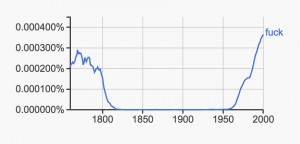Q: Did you see there’s a giant rock with the potential to end life on Earth?
A: This one?
Q: Yes. Are they exaggerating?
A: Depends what you mean. In a sense it does have the potential to end human life on Earth, but it would have to actually hit Earth to do that.
Q: But it’s “similar to the 1862 Apollo asteroid which was classified as a potentially hazardous object”
A: Similar except for being a lot further away. As the story says, “Potentially Hazardous Objects” approach closer than 7,402,982km, and this one is about 25 million km away at its closest.
Q: That’s an awfully precise number, 7,402,982, isn’t it? Why do they need it to the nearest kilometre?
A: They don’t. It’s 0.05 Astronomical Units, and whoever did the conversion doesn’t understand about significant digits. Wikipedia, for example, rounds it to 7.5 million km.
Q: And the other really precise numbers? It says the asteroid is moving at 64,374km/hr, but surely the speed will change more than 1km/hr because, you know, gravity and physics and stuff?
A: That’s 40,000 miles per hour. Again, looks like one significant digit in the original.
Q: So how far away is this asteroid compared to, say, the moon?
A: To one significant figure, 100 times further away.
Q: That’s quite a lot. Why is NASA making a fuss about this asteroid?
A: They aren’t. They issued a press release about asteroid rumours in August, headlined “There is no asteroid threatening Earth“. The NASA @asteroidwatch twitterwallah is getting a bit tetchy about the whole thing.
Q: Does the asteroid have something to do with the “blood moon” we had recently?
A: Only in the sense that they were both completely unsurprising and harmless astronomical events.
(h/t @philiplyth)

Recent comments